
On the Black Mirror episode Bandersnatch, the young programmer protagonist, under the instructions of an Aldous Huxley inspired game developer, has the option of picking up a record by Tangerine Dream – Phaedra. As the young programmer and the viewer struggle with paradox in order to finish his game, we find a chance to do a casual DMU reflection on the parallels between metal and game programming, madness and the collapse of western civilization by substituting learning for entertainment.
https://www.youtube.com/watch?v=URssLwPXkVk
Tangerine Dream is one of the DMU’s favorite bands and Phaedra established their classic sound. Unlocking the possibilities of the Moog synthesizer and setting up an internal dialogue that parallels gnostic dissonance by building up tension which gives way to moments of serenity, Phaedra is not just an orchestral piece played on synth; it manages to be a portrait of the artist’s soul in the creative process.
According to psychological research, the creative process is a continuous interplay between the stages of idea Generation and idea Selection; the artist displays plasticity (openness to ideas), divergence (non-conformity) and convergence (criticality), and rapidly switches between those personality traits [1].
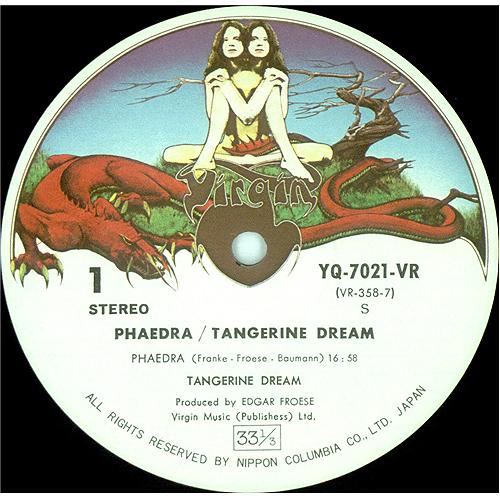
“Phaedra was the first album in which many things had to be structured. The reason was that we were using the Moog sequencer for the first time. Just tuning the instrument took several hours each day, because at the time there were no pre-sets or memory banks. We worked each day from 11 o’clock in the morning to 2 o’clock at night. By the 11th day we barely had 6 minutes of music on tape. Technically everything that could go wrong did go wrong. The tape machine broke down, there were repeated mixing console failures and the speakers were damaged because of the unusually low frequencies of the bass notes. After 12 days of this we were completely knackered” ~ Edgar Froese
Imagine though, the passion that possessed Tangerine Dream, to continue to break new frontiers in music. Many musicians have testified on the addictive nature of creativity or being in a state that the influential psychologist Mihaly Csikszentmihalyi has termed the ‘flow’; thus, regardless of the difficulties, the musicians keep pushing the boundaries because they love being in the zone [2].
‘Only through the pure contemplation . . . which becomes absorbed entirely in the object, are the Ideas comprehended; and the nature of genius consists precisely in the preeminent ability for such contemplation. . . . (T)his demands a complete forgetting of our own person’ ~ Arthur Schopenhauer
Phaedra is a testament to the skill of the artist to switch back and forth between the different behaviors needed in the creative process. And that skill seems to be his essence: to be divergent and plastic to generate ideas and then to be convergent (elitist) to put those ideas together in a meaningful whole. Quite possibly, this record was not randomly chosen for the episode.
Notice for example how the sequenced cyclical melody repeats itself persistently throughout the ninth minute, while small moments of clarity emerge in the background like newly conceived ideas, building tension in an almost metal chromatic manner, only to be replaced by self-doubt, which gives way to further reflection and the slow sculpturing of a pinnacle of harmonious chords.
One cannot help but picture the young programmer’s mental struggle to create the best game he can. And as we can see from the alternative endings, taking one’s medication and pushing madness at bay, might fail to create great art, since art is a reflection of the within.
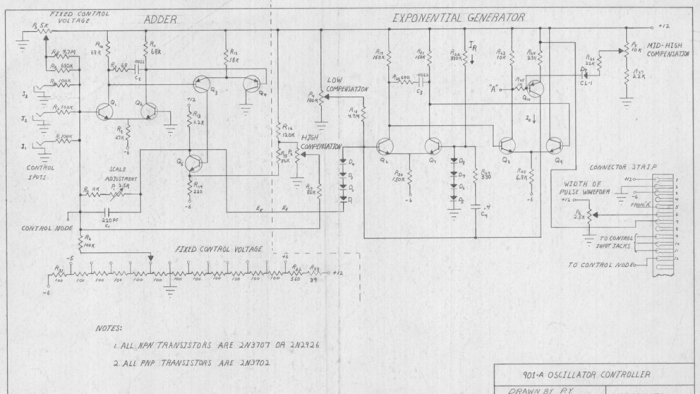
For those who don’t know, Black Mirror is a science-fiction series where each episode features different actors and thematology and is – apparently – unconnected to the others. The success of the series lies in the fact that it is proper science fiction, because it portrays social relationships in the context of technological changes, many of which are already a reality. Also, for those of us that find series and movies boring, Black Mirror offers good snippets of short, usually under an hour, films. Although most endings of this interactive episode feel rather rushed – which is to be expected if the filming project is not to turn into a white elephant – the episode touches on many interesting subjects, albeit on a surface level.
Gaming is where coding and art intersect. Interestingly the idea of ‘flow’ in positive psychology plays an important role in game design, wherein the goal is to immerse the player by offering entertainment through intrinsic motivation. Intrinsic motivation helps to establish flow by providing pleasure and challenge.
At the same time, as in any art form, flow plays an important role in the creative process, as the craftsman will often find himself in the zone. Good music acts in a similar way: Tangerine Dream, can provide a challenging listening session for the attention spans of modern listeners, however, this helps the band grow on the listener, making the whole experience worthwhile. There are plenty of games that work this way, and the bigger the challenge the more they are remembered.
As Ubisoft’s CCE has said: “Video games are about gaming, and gaming is not about entertainment, it’s about learning”. Learning in turn is about helping us lead meaningful lives, creative lives optimally, where we can be more focused and passionate about our work and what we do.
And if the above is the case for games, why shouldn’t this be the case for music? Indeed, there is so much free art out there, ranging from Beethoven and Bach to Isao Tomita, King Crimson and Black Sabbath that can enhance peoples’ lives, by making them realize important truths, through learning or catharsis. Death metal for example, is such a harbinger of gritty news; a call to take responsibility for life through the remembrance of death.
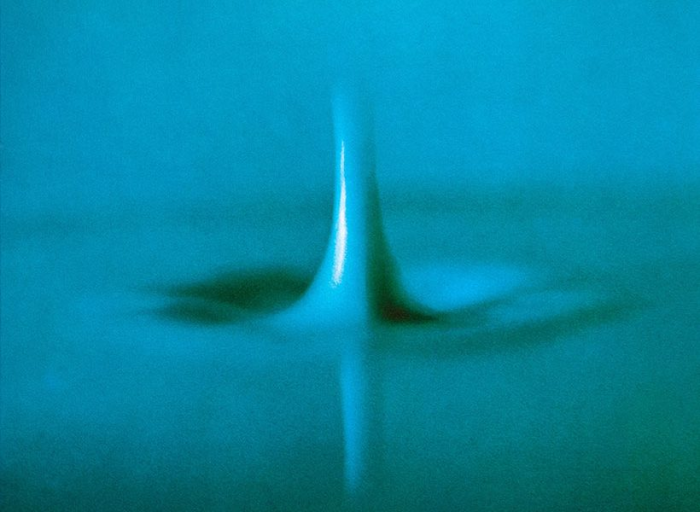
Nevertheless, we see that people would rather spend money and time on trigger-happy dumb games that are the equivalent of dermatillomania and vapid feel-good music that parallels sonic pornography. The vast majority of people lead an unconscious and shadowy existence in draining and unfulfilling jobs and then naturally choose passive and digestible entertainment to inject some dopamine into their day. There is no incentive to learn, no motivation to evolve; it’s terminal spirit disease.
Overall, the replacement of conscious noetic stimulation by “relaxation” and cheap entertainment is a trait characteristic of societies in decline. Funnily, this highly focused mental state of being that is provoked by exposure to art or its creation is undermined by the lack of art of a high caliber and one of the reasons of this lack is the aggressive rationalization and sterilization of creating, the great confinement of its madness that suppresses the spontaneous emotional voltage that is liberated through art. This happened to death metal in the 90s with the increase in technicality as musicians lost their focus on what death metal was about and we witnessed the rise of black metal as a reaction to this great confinement. Black metal was pure madness while death metal composition was slowly becoming guitar exercises for boring people.
“Dead wanted to make evil music for evil people, but the only people he saw were walking around in jogging suits, caps, baseball shoes and being into peace and love. He hated them so much, and saw no longer any reason to waste his time on them” ~ Euronymous on Dead
As listeners, we discover in art the things we need and find catharsis. As creators, we must expose our internal chaos to “give birth to a dancing star”. Thus, the psychological burden of the artist cannot be overlooked.
Similarly, societies are subject to this obsessive rationalization. Societies become supremely technologically and operationally intensive when they lose focus on their principles, like death metal did. Since nobody questions authority, nobody thinks, and as we know the thinking process is an internal dialogue, an internal conflict. Perhaps the lack of this internal chaos, is the reason why we don’t have internal dialogue and thematic conflict in modern music; absent-minded people produce empty art. The pinnacle of social and creative complacency.
But perhaps, there is hope to be found for humanity, through art, the educational character of which and its moral cultivation capabilities cannot be disputed, yet they will be studied in a future article. Great art, like Tangerine Dream, can open modes of thought in ways that books cannot. And especially for creators, to whom this rather long article is dedicated, it will unlock the path for new forms of expression. It has done so for the greats of metal, it will do so for you. Cheers!
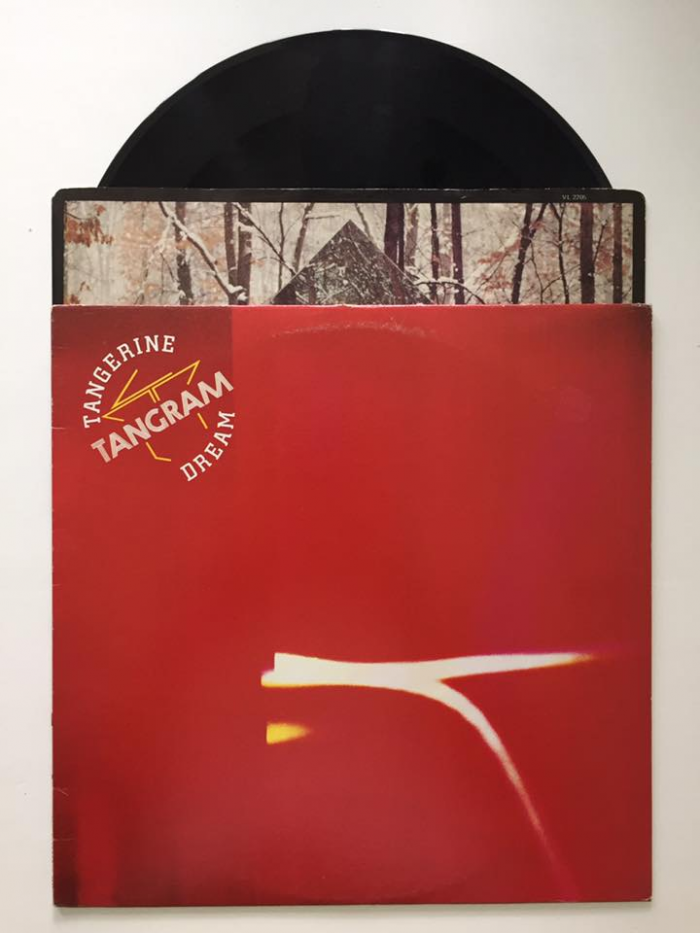
“Basically the band and Metalion were going round Europe together. Euronymous wanted to go to Berlin to look for rare records by Tangerine Dream, Conrad Schnitlzer, Klaus Schulze and that type of experimental, avant-garde music. He had Conrad Schnitzler’s address so he went out there to see him. He rang the doorbell but Conrad Schnitzler’s wife had told him that there was a weird looking kid hanging round outside the house, who looked like he wanted to come in. Conrad didn’t dare open the door and said to his wife, ‘Don’t worry he will probably go away soon.’ But he didn’t, he just stood outside the door. So eventually Conrad came out and invited him in for tea. And then they talked” ~ Necrobutcher, Mayhem
https://www.youtube.com/watch?v=0V2Bddb0-Yk&list=PLgcMZQdQFPthRcVJP49zuyHC15ONoVFfK
Appendix – Creativity and Metal:
The plasticity-divergence-convergence model is a useful theory that describes the creative process. It is also useful as a frame of reference, because it can be applied in managing a group of musicians, assigning responsibilities within the band and even provide order and emotional regulation for a solo artist. Overall, it is stating the obvious, yet it is quite practical.
Plasticity correlates with extraversion and openness to experience, relies on an open attitude towards exploration and is essentially manifested in jamming sessions and brainstorming. A way that plasticity is mainly expressed in great bands is when they are putting all of their ideas on the table and then switch into a convergent mode of thinking to scrape off the weaker ideas. As Jon Levasseur of Cryptopsy points out:
“When we have good ideas we stick to them, try to evolve with them; if we have the feeling we’re not going anywhere, we scratch it but usually when we start dishing out ideas and putting riffs together we keep everything.” ~ Jon Levasseur, Cryptopsy
Then the divergent mode of rebelliousness, non-conformity, impulsivity, low agreeableness and low conscientiousness that pushes-boundaries, innovates and confers character to a band comes into play, as Levasseur continues:
“For each five riffs that I’ll write at home we’ll maybe take two of those – which is good, ‘cause we don’t wanna sound like anything else. When we write songs, we think what people will expect and then do something else, we like playing with peoples’ minds so people can listen and be totally surprised. When you listen to an album you want something that’s different and that’ll please your ear” ~ Jon Levasseur, Cryptopsy, interview for Chronicles of Chaos
This stage requires guts and sacrifice because this is where the individuality and character of the band will shine through:
“Obscura came about because we made a very clear decision, everybody together (…) We did some kind of manifesto together. This was right after ‘Erosion’, so we said okay, writing a new record: no fast-picking riff is going to be accepted in the music, no scat beat, which ‘Erosion’ is all about [no tremolo picking either, as mentioned in another interview]. Because if you stay in your comfort zone, it takes forever just to incorporate a new thing in your sound. But if you force yourself not to use everything that you’re comfortable with, then you have to create yourself a new language that you’re happy with. So it forces you to explore, to touch the instrument differently, and approach the music differently as well, to get new sounds out of it”. ~ Luc LeMay, Gorguts, interview for Metal Assault
Finally, convergence consists of high conscientiousness, order and critical sense. Only the best songs are fit to survive, the rest will be discarded to hell. This is what DMU strives to promote, when we try to be elitist, as this aspect is overlooked by a lot of bands which is a pity, since convergence intertwined with plasticity boost each other on very high levels. When you want to write a classic, you are going to rely a lot on this.
“We have finished the recordings of ‘De Mysteriis Dom Sathanas’ now, and we only have to mix it, and that will happen in a couple of days. We have worked on this album for six years, and it’s full of brand new ideas. We could have put out a lot of shit like for example Cannibal Corpse are doing, but we have taken our time because we want this album to be the BEST! People don’t know what they are talking about, but they will see. And if we need five years to make the next album, we’ll take the time we need. Listen to the album and will understand what I mean. This is NOT a typical mass release, we have worked HARD on it and have thrown away most of the riffs, and only the perfect are saved”. ~ Euronymous, interview for KILL YOURSELF! MAGAZINE
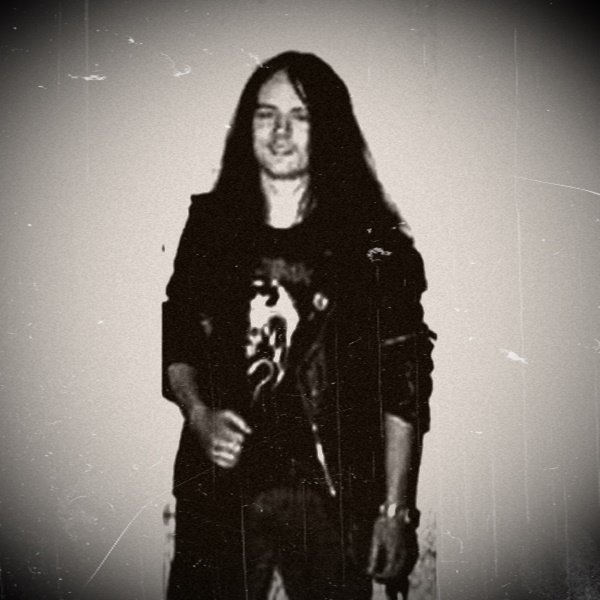
References:
[1] Fuerst, G., Ghisletta, P. & Lubart, T. (2016), Toward an integrative model of creativity and personality: theoretical suggestions and preliminary empirical testing. Journal of Creative Behavior, 50(2), pp. 87-108
[2] Csikszentmihalyi, M. (1997). The Masterminds Series. Finding Flow: The psychology of engagement with everyday life. New York, NY, US: Basic Books
Tags: Bandersnatch, Black Mirror, cannibal corpse, convergence, Creativity, cryptopsy, de mysteriis dom sathanas, Dead, divergence, Euronymous, gorguts, Jon Levasseur, Luc Lemay, mayhem, Phaedra, plasticity, psychology, tangerine dream


tangerine dream <33333333333
Euronymous contributed more to metal than Varg ever did.
Obvious troll is obvious.
Varg killed the father of death.
Honestly this could have been a cool essay if you actually explored the idea of placticity-divergence-convergence. A paragraph on each of the three would have been nice. A fourth to tie in the whole and the remainder spent applying them to the creative process of real examples. Instead this is basically “here is something cool I read about and it could apply to some creative products I enjoy.” Thanks I guess?
So why don’t you do a part 2 and write exactly that?
Because I have never heard of this suspiciously Hegelian notion before. duh
You know about them now, and said it would have been nice to have had a paragraph about each. This would indicate that you want to know more about each term. I thought you might want to do some research and submit an article clarifying what each term meant etc. It would be helpful and interesting.
Thanks for the feedback. Don’t worry, those concepts are going to appear a lot in future articles – and will be analyzed more thoroughly therein. I am pretty glad I found them, since they are very handy terminology.
Ioannis, I think you have written a good article here. My one grip, not in your article but in the potential of how, as a kind of collective phenomena, I think it is important to not see creativity in such a simplified mechanical process as this modern psychological model. While those patterns can certainly be present, there is much more to it than this 3 step process. An artist will have to become a kind of sensitive antenna, and may juggle with divergence and convergence and placticity, but I find the model bogus in the same sense that I find Freud’s anatomy of psyche bogus and not getting at the full picture of psyche, or even Jung’s leaning on the simplicity of archetype and symbol as shallow.
Psychology’s Trinity
openness, non-conformity, critical = creation
I just find this off the mark. A creative work can be made in combining these three, and there may be a kind of artistic trend, in these times, which use this process of 3 often, thus we see patterns currently. But this is lacking other principles and potential, and I think the psychologist fervor to categorize is more a disservice to the phenomena and will further and support stagnation.
One brief example: Traditional art understood that it was trying to conform, it was trying to get something as right as it could, lighting, aesthetic motif, symbol and so forth. It may seek to get the right processes and symbols and is critiquing in this sense, but its entire focus was one of submission. A striving toward conforming with subject and creation. We see more a strain in fighting conformity upon the arrival of the avant-garde and the many arguing art movements. It begins the constant non conformity we are now familiar with, as each artistic ideal is seeking to argue with the other. Non conformity, I’d argue, is a new pattern, thus, to me meaningless as a reliable pattern of the process of creativity. The art of tradition was one of submission not defiance.
The Trinity model describes the process perfectly well. And we can see psychology is more or less understanding concepts that have been here all along, in philosophy and religion
The One – as things are
The spirit – the understand of things, intellect
The word – the ability to voice that which is understood, the creation – artwork
Good article
the first three Tangerine Dream albums are fucking amazing.
ZEIT is the greatest electronic album of all time.